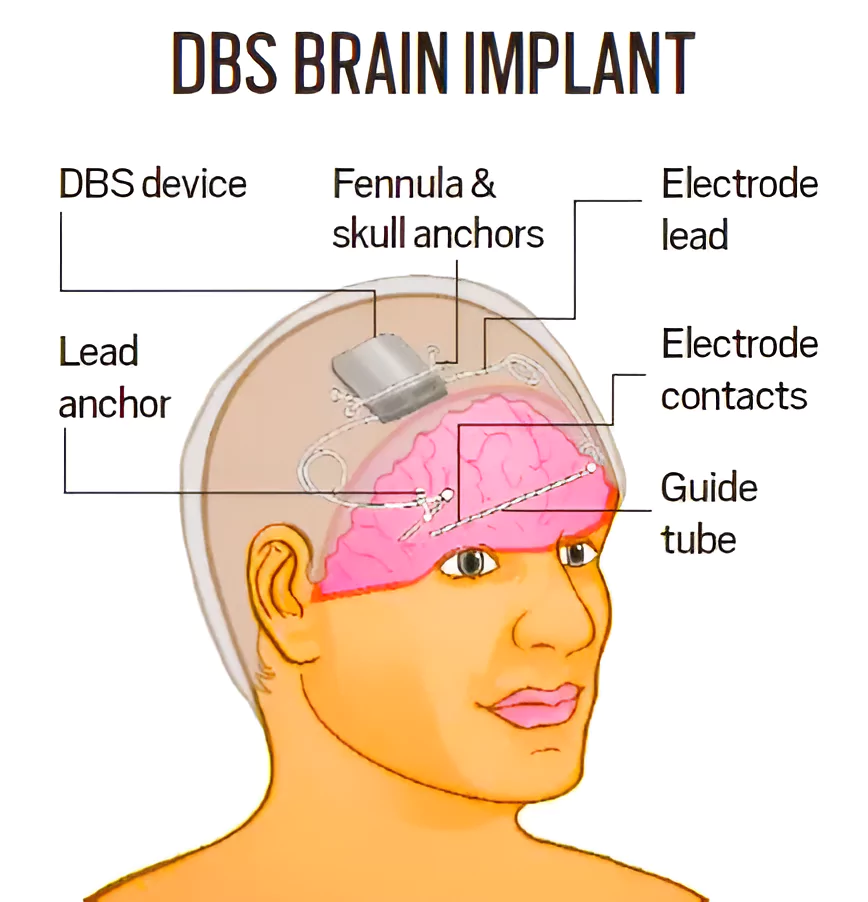Recently, a UK-based teenager, Oran Knowlson, has become the first person in the world to be fitted with a brain implant to help bring his epileptic seizures under control.
Epilepsy
- About: Epilepsy, a condition that leads to recurring seizures, sees a person experience jerking of arms and legs, temporary confusion, staring spells, or stiff muscles.
- Causes: It is caused by abnormal electrical activity in the brain.
- Status in India: In India, between 3 and 11.9 per 1,000 people suffer from epilepsy, according to a comment in a 2022 Lancet study. Although several anti-seizure medicines are available in the market, 30% of the patients remain resistant to treatment.
- Process: The cells in your brain send messages to and receive messages from all areas of your body. These messages are transmitted via a continuous electrical impulse that travels from cell to cell.
- Epilepsy disrupts this rhythmic electrical impulse pattern. Instead, there are bursts of electrical energy — like an unpredictable lightning storm — between cells in one or more areas of your brain.
- This electrical disruption causes changes in your awareness (including loss of consciousness), sensations, emotions and muscle movements.
- Treatment: Doctors first use anti-seizure medicines and a ketogenic diet, which is high in fats and low in carbohydrates.
Brain Implant Device
- Working: The neurostimulator delivers constant electrical impulses to the brain to disrupt or block abnormal seizure-causing signals. A 3.5 cm square, 0.6 cm in thickness, the device was surgically implanted in Knowlson’s skull and anchored using screws.
- Procedure: The doctor then inserted two electrodes deep into his brain until they reached the thalamus — a relay station for all the motor and sensory information. The ends of the electrodes were connected to the neurostimulator.
- Recharge: It can be recharged by a wireless headphone.
Enroll now for UPSC Online Course
DBS
- About: The device uses DBS, which is also utilised for movement disorders associated with Parkinson’s, and other neurological conditions.
- New DBS Method: Although DBS has been tried before for childhood epilepsy, until now neurostimulators were placed in the chest (instead of the brain), with wires running up to the brain where the leads were placed on the affected region.
- Effectiveness: Surgery is still preferable to implanting a DBS device. Currently, the DBS devices available in the market reduce seizures by around 40%. In comparison, seizures drop by nearly 90% if the patient undergoes surgery.

![]() 2 Jul 2024
2 Jul 2024

